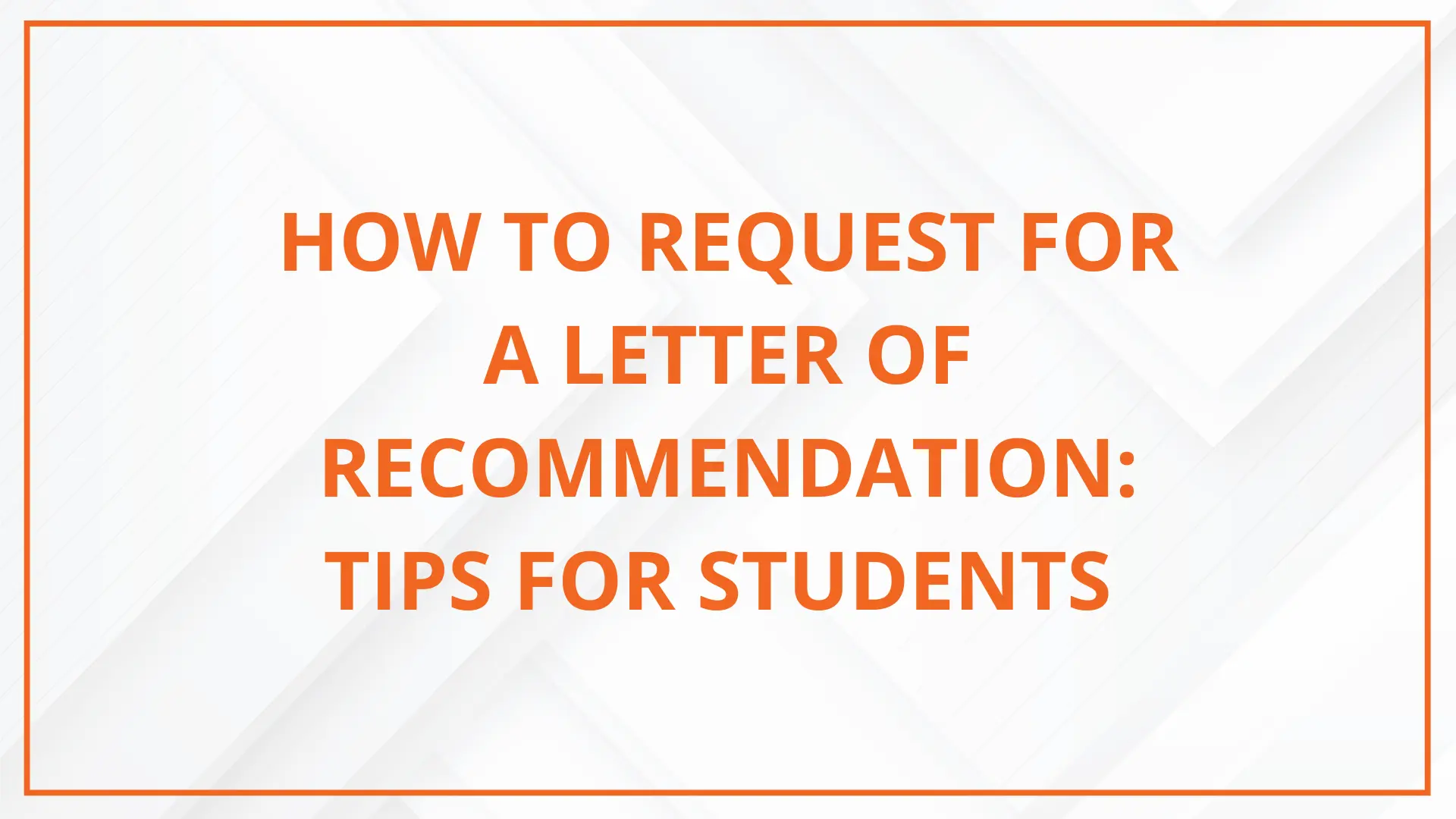How to Optimize SAI for Better Financial Aid Eligibility
Every year, thousands of students apply for federal financial aid through FAFSA to secure funding for their college education. The FAFSA application is free, and it provides access to one of the largest sources of financial help for students in the form of grants, scholarships, work-study programs, and loans. Students can also use FAFSA to apply for state grants and financial aid from colleges and universities.
However, several factors may influence financial aid eligibility. These include equity in real estate investment, cash in savings or any other account, UGMA/UTMA accounts, stocks and bonds, mutual funds, and many more.
In the academic year 2024-25, FAFSA introduced the Student Aid Index (SAI), a new metric that evaluates students' financial aid eligibility in the United States. The SAI determines the amount a student and his family can contribute towards the college cost. Typically, a lower SAI indicates that the student has greater financial need and potentially requires more federal aid. Even SAI is used to assess institutional and state aid. Therefore, it is crucial to optimize SAI to maximize financial aid eligibility.
Let’s delve into strategies for optimizing your SAI.
Strategies to Optimize Your SAI
There are ways to optimize your SAI that can help you with better financial aid eligibility. Let’s dig into the strategies:
Choose your savings option wisely: Save money with options like 529 and Coverdell ESA to save money through tax-free withdrawals. The funds saved in these accounts are considered parent assets and are not reported in FAFSA. This can help you lower the SAI and maximize your financial aid eligibility.
Reduce student’s assets: If possible, transfer the assets out of the student’s name since the student’s assets are assessed during financial aid calculations and can significantly impact SAI.
Report your income thoughtfully: Parents should report their income thoughtfully. For instance, if expecting a bonus, you must delay that until the financial aid year ends. This tactic can help lower the reported income, potentially reducing your SAI.
Invest in retirement funds: Investing in retirement accounts such as 401(k) and IRA can prove beneficial since they are not counted as assets in FAFSA. Thus, contributing to these retirement plans can help parents reduce the amount of countable assets that can lower SAI.
Take advantage of tax credits: Take advantage of education-related tax credits such as the American Opportunity Tax Credit (AOTC) and Lifetime Learning Credit (LLC) to reduce your taxable income. These tax credits are not counted as income on FAFSA and can help to lower your SAI.
By following these strategies, you can effectively optimize your Student Aid Index (SAI), which can help you get better financial aid. Additionally, if you want to estimate how much financial aid you can get from each college and compare them, you can use the Top5 tool. This tool calculates your SAI based on the information you provide and predicts how much financial aid you can receive from selected list of colleges based on your SAI.







Using practical strategies from 'How to Optimize SAI for Better Financial Aid Eligibility' ensures a streamlined application process, enhancing your chances of receiving financial assistance that fits your need perfectly.
This comprehensive guide on how to optimize Student Aid Identifier (SAI) for improved financial aid eligibility is a valuable resource, providing actionable steps that can significantly increase the chances of students obtaining grants and loans.
Utilizing SAI optimization techniques effectively can significantly improve an individual's financial aid eligibility, ensuring a more favorable outcome for educational funding applications.












![India Nutraceuticals Market: Unlocking Growth Secrets, Trends and Developments [2029]](https://antiochtenn.com/zb_users/upload/2025/07/20250728135748175368226893450.jpg)
